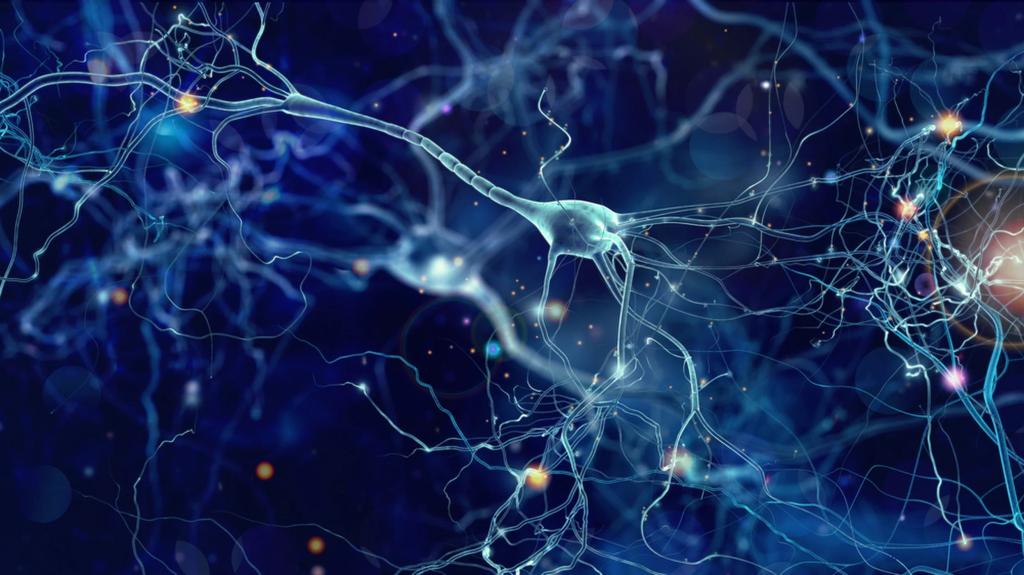Phospholipid and cholesterol interaction
Time:2024-01-10
Phospholipids and cholesterol are both important components of cell membranes and play crucial roles in maintaining cell structure and function.The interaction between phospholipids and cholesterol is dynamic and essential for the fluidity, stability, and permeability of cell membranes.
Phospholipids and cholesterol are interspersed within the lipid bilayer of the cell membrane. Phospholipids provide a flexible and fluid matrix due to their amphipathic nature (having both hydrophilic and hydrophobic regions), while cholesterol adds stability and rigidity to the membrane.
Cholesterol plays a significant role in modulating the fluidity of the cell membrane.In lower temperatures, it prevents the phospholipid molecules from packing too closely together, maintaining fluidity.In higher temperatures, it reduces excessive fluidity by restricting phospholipid movement.
The interaction between phospholipids and cholesterol influences the permeability of the cell membrane.Cholesterol helps regulate the permeability by reducing the movement of phospholipid molecules, thereby affecting the passage of ions and molecules across the membrane.
Cholesterol is often associated with lipid rafts, specialized regions of the cell membrane that contain high concentrations of cholesterol and specific types of phospholipids.These lipid rafts are involved in cell signaling and membrane trafficking.
Phospholipids assist in the transport of cholesterol within the bloodstream.They form lipoproteins (such as HDL and LDL), where cholesterol is surrounded by phospholipids, proteins, and triglycerides for efficient transport.
Phospholipids play a crucial role in the formation of bile acids in the liver.Cholesterol is incorporated into these bile acids, and the resulting bile helps in the digestion and absorption of dietary fats.
Both phospholipids and cholesterol are involved in cell signaling processes.Cholesterol-rich lipid rafts act as platforms for various signaling molecules, while phospholipids are important for signal transduction pathways.
Imbalances in the levels of phospholipids and cholesterol, particularly low-density lipoprotein cholesterol (LDL-C), can contribute to the development of atherosclerosis.Excessive LDL-C can deposit in blood vessel walls, leading to the formation of plaques.
Understanding the intricate interactions between phospholipids and cholesterol is crucial for comprehending the complex dynamics of cell membrane structure and function, as well as their implications for overall cellular and physiological health.


 CN
CN





